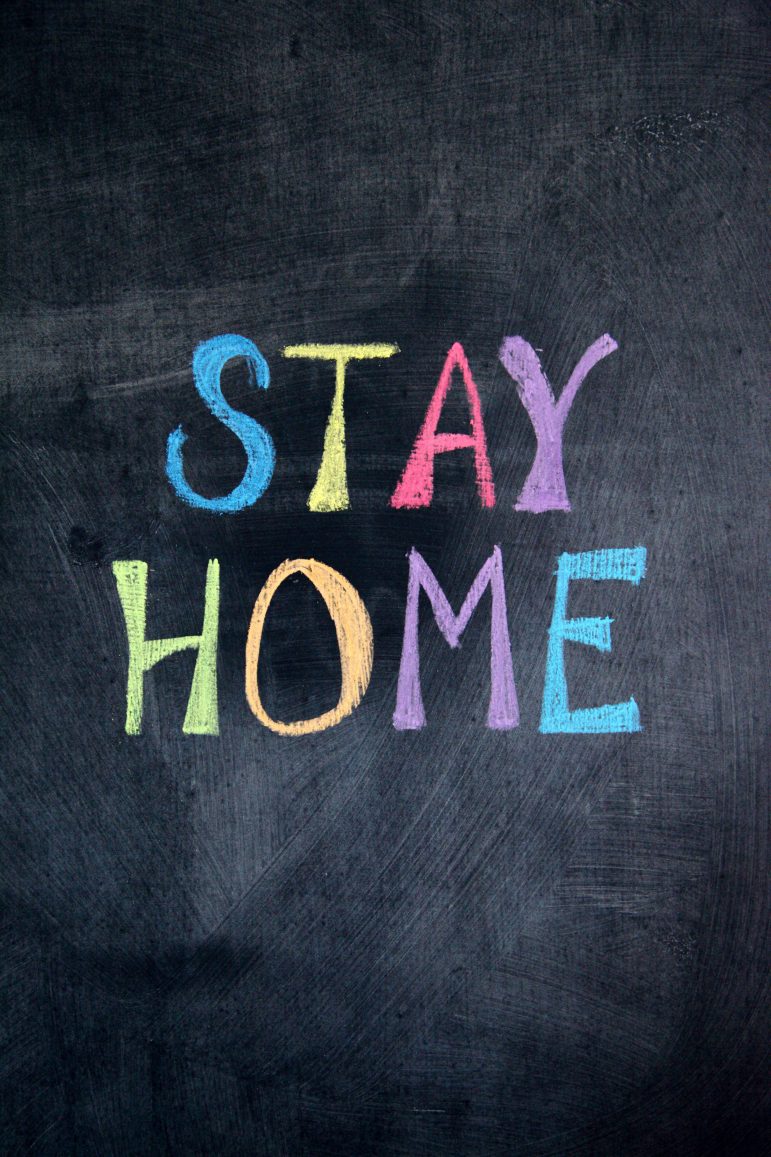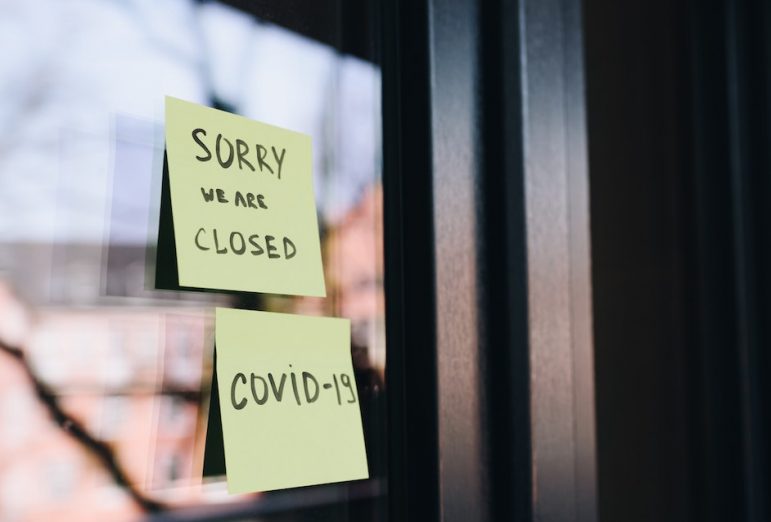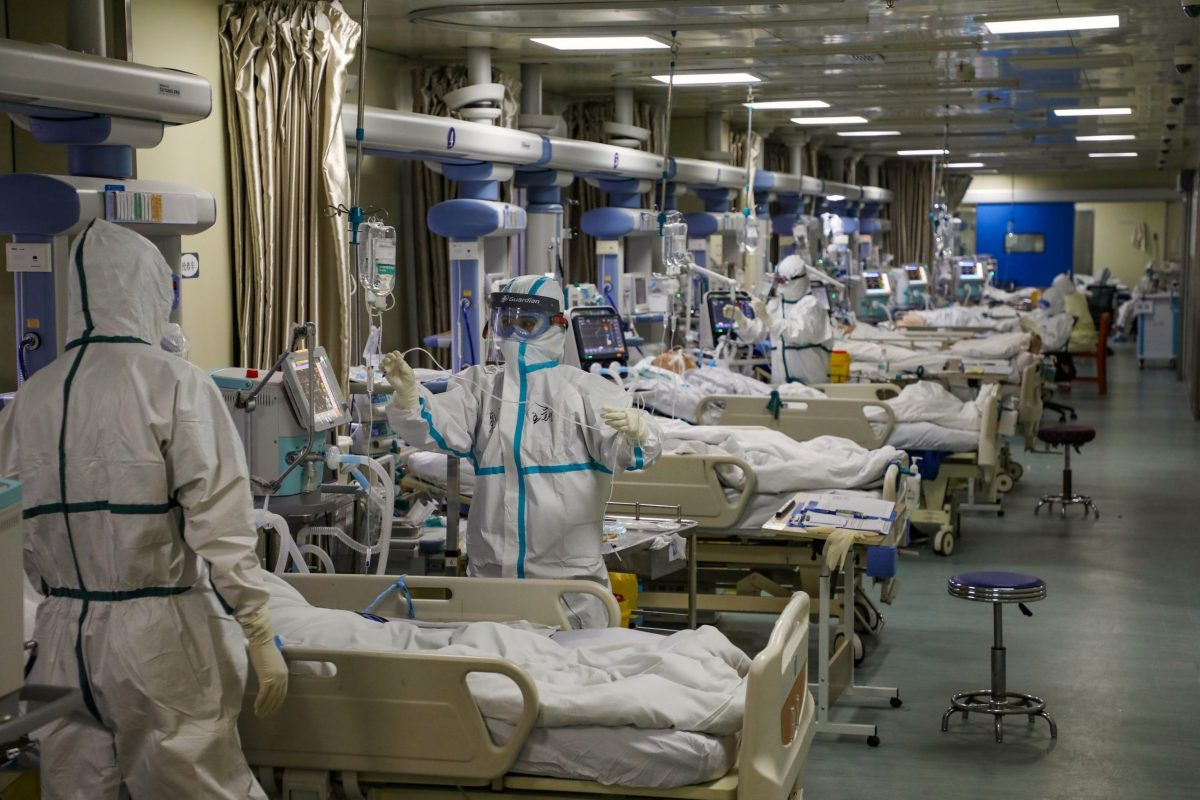Health officers in five Bay Area counties announced Friday that they will implement a new stay-at-home order to prevent the spread of the coronavirus, requiring most nonessential businesses to close all indoor and outdoor operations.
Under the order, businesses like restaurants, wineries, hair and nail salons, card rooms, and fitness centers will be required to temporarily stop all indoor and outdoor activities, while retail stores must limit indoor capacity to 20 percent.
In Alameda County, the order is scheduled to take effect on Monday, Dec. 7.
Schools that have already reopened in-person classes will be allowed to continue and such decisions will be left to officials in each county.
The order – affecting Alameda, Contra Costa, Santa Clara, San Francisco, and Marin counties and the city of Berkeley – pre-empts the state’s stay-at-home order, which Gov. Gavin Newsom formally announced Thursday. The state’s order does not take effect until a region has less than 15 percent of its intensive care unit beds available.
Contra Costa County Health Officer Dr. Chris Farnitano said the Bay Area’s recent coronavirus surge has resulted in numbers of new cases and hospitalizations higher than the region’s summer surge.

“The dark COVID winter that we feared would come has arrived in the Bay Area,” Farnitano said Friday during a virtual news conference with health officials from all six jurisdictions to announce the stay-at-home order.
“I, and other county health officers in the Bay Area, don’t think we can wait for the state’s new restrictions to go into effect later this month,” he said.
Newsom said Thursday the Bay Area as a whole was unlikely to meet the 15 percent ICU capacity threshold until mid-December.
“We want to mitigate mixing. Period, full stop,” Newsom said Thursday of the state order. “We want to diminish the amount of mixing … and we need to create less opportunities for the kind of contact and extended period and extended time of contact that occurs in many of these establishments, that’s why we are moving forward.”
The five Bay Area counties and the city of Berkeley chose to implement the order now as new cases and hospitalizations skyrocket around the state. Los Angeles County has already done so as well.
“Rising hospitalization rates across the region threaten not only our community members with severe COVID-19, but anyone who may need care because of a heart attack, stroke, accident, or other critical health need,” said Alameda County Health Officer Dr. Nicholas Moss in a statement released by county health officials. “By acting together now we will have the greatest impact on the surge and save more lives.”
Santa Clara County Health Officer Dr. Sara Cody said Santa Clara County already has less than 15 percent of its intensive care unit beds available, and all six health officers agreed it was a matter of when, not if, the same happened across the region.
“We hope that by acting early and by acting as a region, we will have the best chance of bending the curve faster, and of getting out of this difficult situation sooner and saving more lives,” Cody said.
The six health officers acknowledged that the order was likely to compound the economic hardship already experienced by many businesses across the Bay Area that have had to shut down at some point during the pandemic or have had to operate at reduced capacities.
“This is a hard way to close what’s been a really hard year,” Marin County Health Officer Dr. Matthew Willis said. “We’re just beginning to receive the first doses of vaccine, so there’s light on the horizon.
“Unfortunately, we’re seeing surges in cases and we need to hold the line, at least through the end of the year,” he added.
Marin County was the only one of the five included in the order that was not in the most-restrictive “purple” tier of the state’s pandemic reopening system prior to Friday.
Joanne Webster, the president and CEO of the San Rafael Chamber of Commerce, called the new order a “massive blow” to Marin County’s restaurants and other businesses that will have to close as a result of the order.

“Being in the ‘red’ tier, we were really proud of the work that we’ve been able to do and everybody complying,” she said. “With all that said, we understand that people travel, they do business, they have leisure and they go outside of the county, and so we want to do what we have to do in order to keep the hospitalizations down.”
“It’s really tough,” Webster added. “It’s just a really, really hard call to make.”
San Mateo County’s absence from the order did not go unnoticed and prompted the county to issue a statement saying that although the county is seeing increases in new cases and hospitalizations, it would follow the state’s existing guidelines for the time being.
“We acknowledge the reality of the pandemic fatigue that residents are experiencing and the need to find sources of support through this challenging period,” San Mateo County health Chief Louise Rogers said in a statement. “Our collective focus must be on finding ways to support each other through this crisis safely while limiting gathering and adhering to face covering”
Berkeley Health Officer Dr. Lisa Hernandez warned Bay Area residents to avoid socializing with people with whom they don’t live and, particularly, avoid traveling and holding large, in-person gatherings for the upcoming holidays.
State and local health officials have warned that coronavirus transmission data just from Thanksgiving will begin trickling in soon and is likely to add even more new cases and hospitalizations.
“Do not let this be the last holiday with your family,” Hernandez said. “Show your family how much you care, let them know that you’ll choose safer options.”
The order will take effect on Sunday at 10 p.m. in Contra Costa and Santa Clara counties, on Monday at 12:01 a.m. in San Francisco and Alameda counties and the city of Berkeley and Tuesday at noon in Marin County.
The restrictions will remain in effect through Jan. 4.
